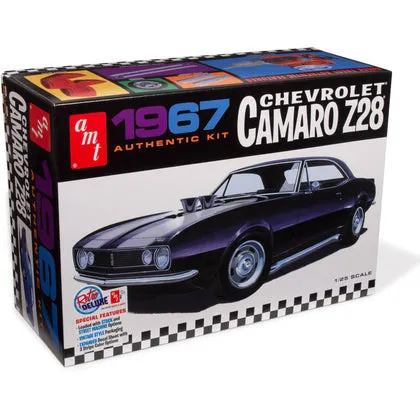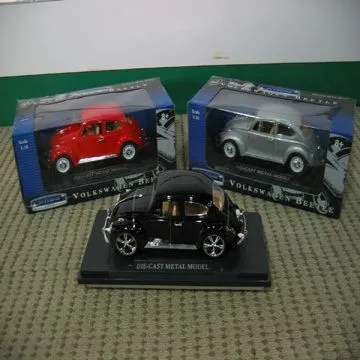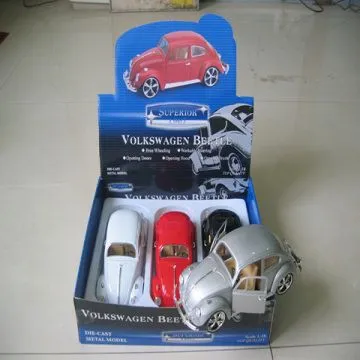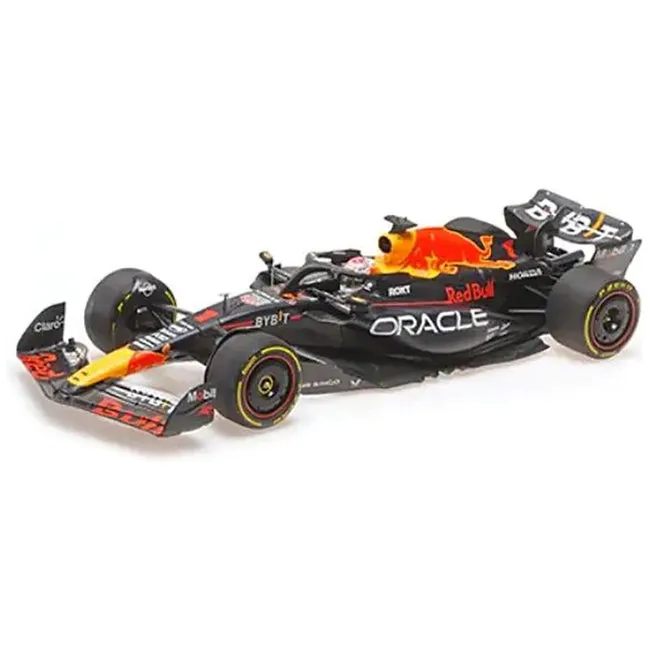What are 1:18 Diecast Model Cars?
1:18 diecast model cars are highly detailed miniature replicas of real-life automobiles, meticulously crafted to a 1:18 scale. This means that every 1 inch on the model represents 18 inches on the actual car. These models are a popular choice for collectors and enthusiasts, offering a tangible way to appreciate automotive design and history. They’re not just toys; they’re miniature works of art, often featuring intricate details that mirror their full-size counterparts. The level of detail can range from basic representations to incredibly complex versions, accurately recreating everything from the car’s interior to its engine components. The allure lies in their authenticity and the ability to own a piece of automotive history, all in a manageable and collectible form. Their appeal spans across generations and continues to grow, driven by the passion for cars and the desire to preserve automotive heritage.
Scale and Proportion
The 1:18 scale is a significant factor in the popularity of these models. This scale strikes a balance between detail and displayability. It allows for a substantial amount of detail to be incorporated into the model, making it visually appealing and representative of the real car, while still being manageable in size for display and storage. This particular scale is large enough to showcase intricate features, such as detailed dashboards, realistic engine compartments, and functional doors, all of which significantly enhance the model’s realism. Furthermore, the scale permits the use of varied materials and advanced manufacturing techniques to create exceptionally accurate representations of various car models. The consistent scale across different models also facilitates comparison and appreciation for design variations across different makes and eras, adding another layer to the collecting experience.
Materials and Construction

The construction of 1:18 diecast model cars is a complex process that employs various materials to achieve the highest level of realism. Primarily, the main body of the car is made from diecast metal, typically zinc alloy, which provides weight, durability, and a high level of detail. This metal is injected into molds under high pressure, forming the body panels and other structural components. Alongside diecast metal, manufacturers use plastic for various parts, including the interior details, chassis, and sometimes even exterior features. Rubber is also essential, mainly for the tires, providing the models with a realistic appearance and feel. The combination of these materials allows manufacturers to create highly detailed and durable models that accurately replicate the appearance and feel of the original vehicles, making them highly sought after by collectors.
Diecast Metal
Diecast metal is the cornerstone of the 1:18 scale model car’s construction. It provides the model with a realistic weight and a solid feel, which enhances the overall experience of owning and handling the model. The use of diecast metal allows for the precise replication of complex body shapes and fine details, such as panel lines, grilles, and emblems, which greatly contribute to the model’s authenticity. The metal’s durability ensures that the model can withstand handling and the test of time, making it an excellent collectible. The ability to mold the metal into intricate designs is critical in capturing the essence of the car’s design, turning these miniature cars into true representations of their full-size counterparts. Using diecast metal is a key factor in providing both the quality and the level of detail that enthusiasts desire.
Plastic Components
Plastic components play a vital role in the intricate construction of 1:18 diecast models. They offer versatility and allow for the creation of detailed parts that are difficult or impossible to make with diecast metal alone. Plastic is used extensively for the interior detailing, chassis, and other intricate features. The advantage of using plastic includes the ability to mold complex shapes and features, such as dashboards, seats, and door panels, with precision. This allows the manufacturers to achieve a high degree of realism in the model’s interior and exterior. In addition to enhancing the overall detailing, plastic components contribute to the structural integrity of the model and are used in areas where flexibility is needed, such as mirrors and light lenses.
Rubber Tires

Rubber tires are an integral element of 1:18 diecast model cars, contributing to their realism and visual appeal. These miniature tires are crafted from rubber, replicating the look and feel of the original car’s tires. The use of rubber allows the model to exhibit an authentic appearance, from tread patterns to sidewall markings. The selection of tire design and material plays a crucial role in the model’s overall accuracy and appeal. Moreover, the rubber tires provide a tactile experience, adding to the model’s realism. They help the model to sit correctly and make a valuable contribution to the display quality. Tire manufacturers also pay attention to the material used to produce the models and to detail, like the manufacturer’s brand printed on the side, further enhancing the model’s accuracy.
Detailed Interior
The detailed interiors of 1:18 diecast model cars are a key feature that attracts collectors and enthusiasts alike. These miniatures often boast painstakingly recreated dashboards, seats, steering wheels, and other interior elements, providing a high degree of realism. The level of detail can vary, with some models including detailed instrument panels, working seatbelts, and even miniature carpeting. The materials and colors used in the interior often match the original car, giving a sense of authenticity. The meticulous attention to detail enhances the overall appeal and value of the model, making it a prized possession for collectors. The interior details are often viewable through open doors and windows, allowing collectors to admire the craftsmanship and effort that goes into replicating the interior of the car in perfect scale.
Engine and Mechanical Details
The engine and mechanical details are a major feature in high-quality 1:18 diecast model cars, providing an exceptional level of realism that delights collectors. Many models boast intricately detailed engines, accurately representing the original car’s powerplant, including the engine block, belts, hoses, and other components. These details are often viewable by opening the hood, offering enthusiasts a glimpse into the car’s inner workings. Some models take it a step further, adding functional steering, suspension systems, and even opening doors and trunks. The level of detail in the engine compartment enhances the model’s authenticity and value, turning these miniature replicas into true works of art. The ability to appreciate the engineering and design of the engine is a key reason for the appeal of diecast models.
Opening Features

Opening features, such as doors, hoods, and trunks, are a standout attribute of many 1:18 diecast model cars, contributing to their realism and interactive appeal. The functionality enhances the overall experience, as collectors can explore the interior, engine compartment, and other detailed elements that are not visible when these features are closed. These opening elements are typically made to function just like the real car’s doors and lids, adding another dimension of authenticity to the model. The inclusion of opening features allows collectors to appreciate the intricate details of the model’s interior, engine, and chassis, further increasing its value and appeal. The ability to interact with the model, opening and closing different components, makes collecting even more fun and helps to create a more engaging experience.
Doors and Hood
The ability to open the doors and hoods of 1:18 diecast model cars is a key feature, adding to their realism and interactive experience. These opening parts allow collectors to examine the detailed interior and engine compartments, areas of the model that would be unseen otherwise. The functional doors and hoods are generally designed to replicate the function of those of the original car, enhancing the model’s authenticity. Moreover, these features also allow for a more detailed view of the model, as users can carefully observe the interior, engine, and other detailed components that are carefully designed. This functionality helps to engage collectors, making the model more interesting and giving value to it. The ability to open doors and hoods is a sign of a high-quality diecast model, and it adds to the model’s overall collector value.
Steering and Suspension
Some 1:18 diecast model cars have functional steering and suspension, adding to the model’s complexity and realism. Functional steering allows the front wheels to turn, mimicking the real car’s steering mechanism. This feature enhances the model’s interactive appeal, enabling collectors to pose the model in various ways. The suspension systems, which might include spring-loaded shocks, add another level of realism. They allow the wheels to move up and down, imitating the action of the suspension system in the original vehicle. These functional features boost the level of detail and the interactive experience, making the models more engaging and appealing to collectors. The inclusion of functional steering and suspension is a mark of high-quality craftsmanship.
Authentic Paint and Finish

The authentic paint and finish of 1:18 diecast model cars are critical elements in achieving a realistic appearance and attracting collectors. Manufacturers use high-quality paints and detailed finishing techniques to replicate the original car’s colors and appearance. This includes attention to metallic flakes, clear coats, and other finishes that enhance the model’s overall appeal. The paint application is carefully done to ensure even coverage and a smooth surface, creating a realistic look. Furthermore, the finish may involve applying a protective layer to preserve the color and protect the model from damage. The paint and finish details significantly enhance the model’s value and desirability for collectors, making it a true representation of the real car.
Color Accuracy
Color accuracy is a paramount concern in the manufacturing of 1:18 diecast model cars, ensuring that the models accurately reflect the original car’s colors. Manufacturers work diligently to match the paint colors to the specifications of the real-life vehicles, paying attention to every detail, including the shade and finish. This dedication to color accuracy is a key factor in attracting collectors who are looking for an authentic representation of their favorite cars. The paint used often includes metallic flakes, clear coats, and other finishes to replicate the original car’s appearance. The precise color matching enhances the model’s value and appeal, making it a valuable collectible item.
Gloss and Sheen
The gloss and sheen of the paint finish play a vital role in the realistic appearance of 1:18 diecast model cars. These models often have a clear coat to achieve the proper gloss and sheen, which replicates the look of a real car’s paint. The gloss and sheen give the model a professional appearance. Careful attention to the finish enhances the overall visual appeal of the model and adds to its value. The right level of gloss and sheen can create a convincing representation of the original car’s paint, making these models a hit for collectors.
Collector’s Value and Investment Potential

1:18 diecast model cars have significant collector value and investment potential, influenced by factors like rarity, brand reputation, and condition. Limited-edition models and those from popular brands often command high prices in the collector market. The value of these models often grows over time, as the demand for rare and well-preserved models increases. Careful storage and preservation can help maintain and enhance the model’s value. The collector market is driven by a passion for cars, design, and automotive history, making these models highly valued collectibles. Understanding the factors that affect a model’s value helps collectors make informed decisions and protect their investments.
Factors Influencing Value
Several factors affect the value of 1:18 diecast model cars, including the model’s rarity, condition, brand reputation, and historical significance. Limited edition models, especially those produced in small quantities, usually command higher prices. Models in pristine condition, with their original packaging, typically have greater value than those that have been handled or damaged. The brand reputation also matters, as models from well-known and respected manufacturers often have higher demand. Finally, models that represent iconic cars or significant historical events often have more value to collectors. Recognizing these factors helps collectors evaluate their investments and make well-informed purchasing decisions.
Rarity and Limited Editions
Rarity and limited editions play a significant role in the collector’s value of 1:18 diecast model cars. Limited-edition models, manufactured in small quantities, are particularly sought after by collectors. They represent a unique aspect of automotive history and are more difficult to find, increasing their demand and value. Rarity can also be influenced by special features or collaborations, enhancing their appeal and collectibility. Collectors often look for models that are scarce and hard to find, as these often grow in value over time. The limited production run contributes to exclusivity and desirability, transforming these model cars into highly valuable collectibles.
Brand Reputation
Brand reputation significantly impacts the value and desirability of 1:18 diecast model cars. Models from renowned manufacturers recognized for their quality, detail, and accuracy often command higher prices. Well-regarded brands often invest in precision manufacturing techniques and employ high-quality materials, resulting in models that are highly sought after by collectors. The reputation of a brand also includes factors like the accuracy of the models, the detail in the interior and exterior, and the general quality of their build. Collectors frequently favor well-known brands, knowing that they can trust in the quality and attention to detail. These brands are often synonymous with quality, adding to the value and investment potential of the models.
Displaying and Preserving Your Models
Proper display and preservation are crucial for maintaining the value and condition of 1:18 diecast model cars. Displaying them in a suitable environment, such as a display case, helps to protect them from dust and damage. Regular cleaning and careful handling are also essential. Protecting them from sunlight, moisture, and extreme temperatures helps to prevent deterioration. The right storage methods and environment will ensure that your models stay in excellent condition for years. Proper display not only protects your collection, but it also allows you to showcase them and appreciate their beauty. Careful preservation practices help to maintain the model’s value and make it possible for you to enjoy your collection for many years.
Display Cases
Using display cases is an important step in protecting and showcasing your 1:18 diecast model car collection. Display cases provide a clean, dust-free environment, protecting the models from potential damage. They also allow collectors to display their cars attractively, providing a visually appealing presentation. Display cases come in various sizes and styles, making it possible to customize the display to fit your collection and aesthetic preferences. Some cases are designed with UV protection to protect against fading. Choosing a suitable display case helps preserve the models’ value while allowing you to enjoy the collection’s beauty and detail.
Dusting and Cleaning
Regular dusting and cleaning are essential for maintaining the appearance and value of 1:18 diecast model cars. Dust can accumulate on the models and damage the paint and finish over time. Use a soft brush or microfiber cloth to remove dust gently. Avoid using harsh chemicals or abrasive materials that could scratch the surface. When cleaning, use a damp cloth with a mild soap solution to remove any dirt or grime. Always dry the model completely after cleaning to prevent water spots. Frequent dusting and cleaning are fundamental to preserving the model cars’ condition and ensuring that they remain beautiful for a long time.
